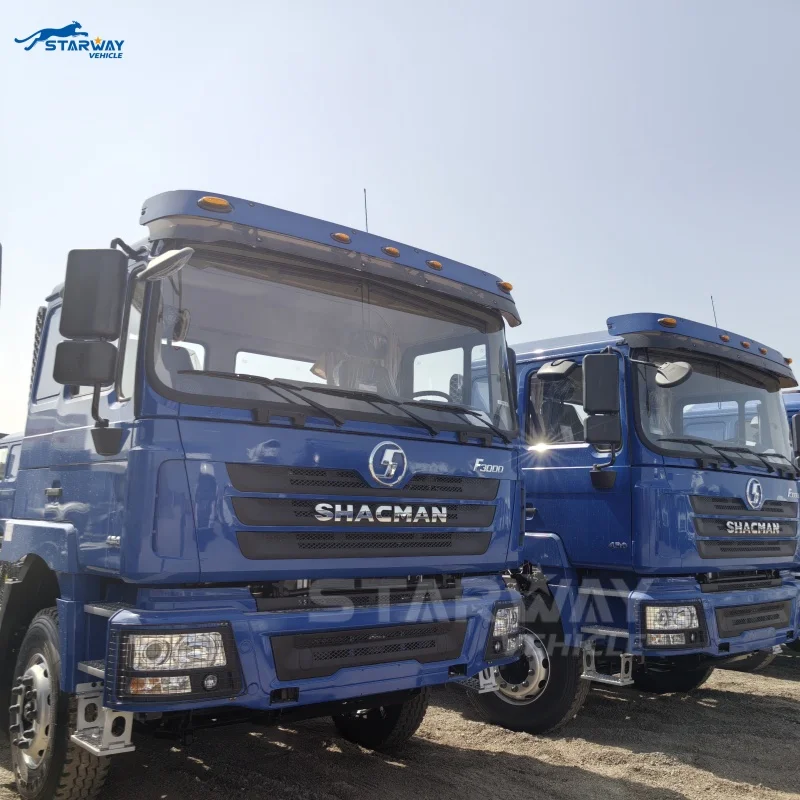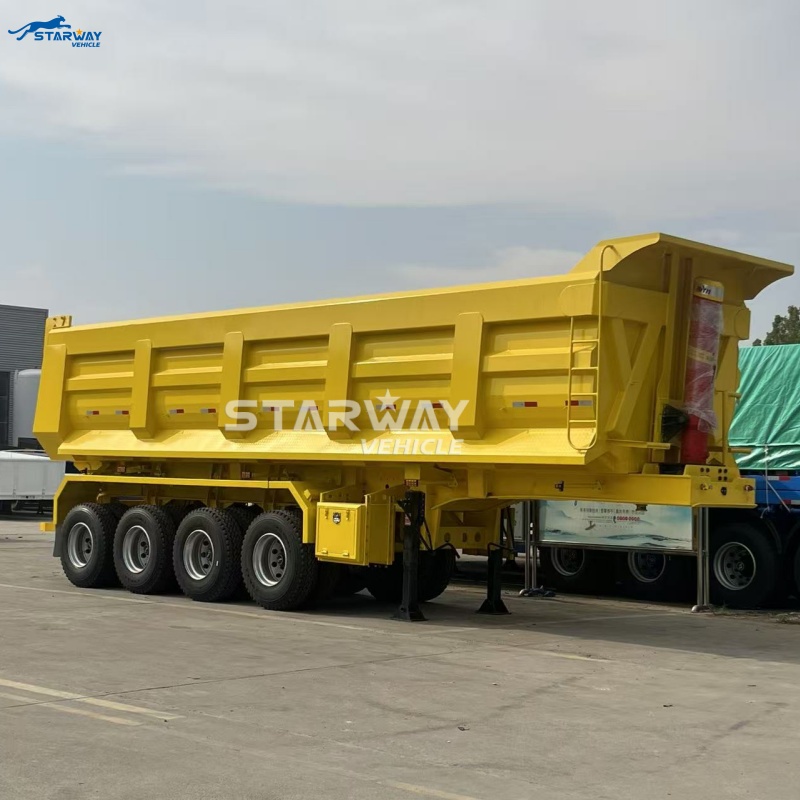Recent Posts
 Shacman vs. Competitors: Which Truck Delivers Better ROI?2025-11-26
Shacman vs. Competitors: Which Truck Delivers Better ROI?2025-11-26 Real-World Test: 4-Axle Tipper Semi Trailer Payload Capacity Revealed2025-11-13
Real-World Test: 4-Axle Tipper Semi Trailer Payload Capacity Revealed2025-11-13 The Hidden Costs of Operating a 70 Ton Flatbed Trailer (And How to Avoid Them)2025-11-11
The Hidden Costs of Operating a 70 Ton Flatbed Trailer (And How to Avoid Them)2025-11-11 4 Axles vs 3 Axles: Which Flatbed Trailer is Right for Your 70 Ton Load?2025-11-11
4 Axles vs 3 Axles: Which Flatbed Trailer is Right for Your 70 Ton Load?2025-11-11 4-axle Tipper Semi Trailer Power System vs Job Demands: 3 Real Case Results from Construction Sites2025-11-07
4-axle Tipper Semi Trailer Power System vs Job Demands: 3 Real Case Results from Construction Sites2025-11-07
5 Must-Know Tips for Operating a Gooseneck Trailer Safely
5 Must-Know Tips for Operating a Gooseneck Trailer Safely
Gooseneck trailers and flatbed trailers are indispensable for hauling heavy loads, but improper operation can lead to dangerous situations. Whether you're a seasoned driver or new to towing, these five expert-backed tips will help you transport cargo safely and efficiently.
1. Properly Hitch Your Gooseneck Trailer
A secure connection between your truck and trailer is the foundation of safe towing. For gooseneck trailers, ensure the coupler is correctly latched onto the ball hitch, and always double-check the locking mechanism. Test the connection by gently lifting the trailer to confirm it's firmly attached. For flatbed trailers, verify that the kingpin is properly seated in the fifth wheel and that all safety chains are crossed beneath the coupler to prevent the trailer from dropping in case of detachment.
2. Distribute Weight Evenly
Uneven weight distribution is a leading cause of trailer sway and instability. When loading your gooseneck or flatbed trailer, place about 60% of the cargo weight in front of the trailer axles and 40% behind. This balance helps maintain control and prevents fishtailing. Use load bars or straps to secure items and prevent shifting during transit. Overloading the rear can cause the trailer to lift the truck's rear wheels, reducing steering control.
3. Adjust Braking Techniques
Trailers with electric or hydraulic brakes require different handling than standard vehicles. For gooseneck trailers, set the brake controller to match the load weight—heavier loads need more braking power. Test the brakes before hitting the road by pulling the manual control lever while driving slowly in a safe area. For flatbed trailers, ensure the breakaway system is functional, as it automatically applies brakes if the trailer disconnects from the truck.
4. Perform Pre-Trip Inspections
A thorough inspection can prevent breakdowns and accidents. Check tire pressure, lug nut tightness, and tread wear on both the truck and trailer. Examine the trailer's lights, signals, and reflectors to ensure visibility. Inspect the hitch, coupler, and safety chains for signs of wear or damage. Grease the fifth wheel (for flatbed trailers) or ball hitch (for gooseneck trailers) to reduce friction and ensure smooth operation.
5. Practice Safe Driving Habits
Towing a trailer requires adjustments to your driving style. Increase following distance to at least 6 seconds, as stopping distances are longer with heavy loads. Take turns wider and slower to avoid clipping curbs or other vehicles. Be mindful of trailer swing when changing lanes, and use your mirrors frequently. Avoid sudden maneuvers, as rapid acceleration or braking can destabilize the trailer.
By following these five tips, you'll significantly reduce risks when operating a gooseneck or flatbed trailer. Safety should always come first—proper preparation and cautious driving can save lives and protect your cargo. For more expert advice on trailer operation and maintenance, consult a trusted dealer or towing specialist.
Leave A Reply





